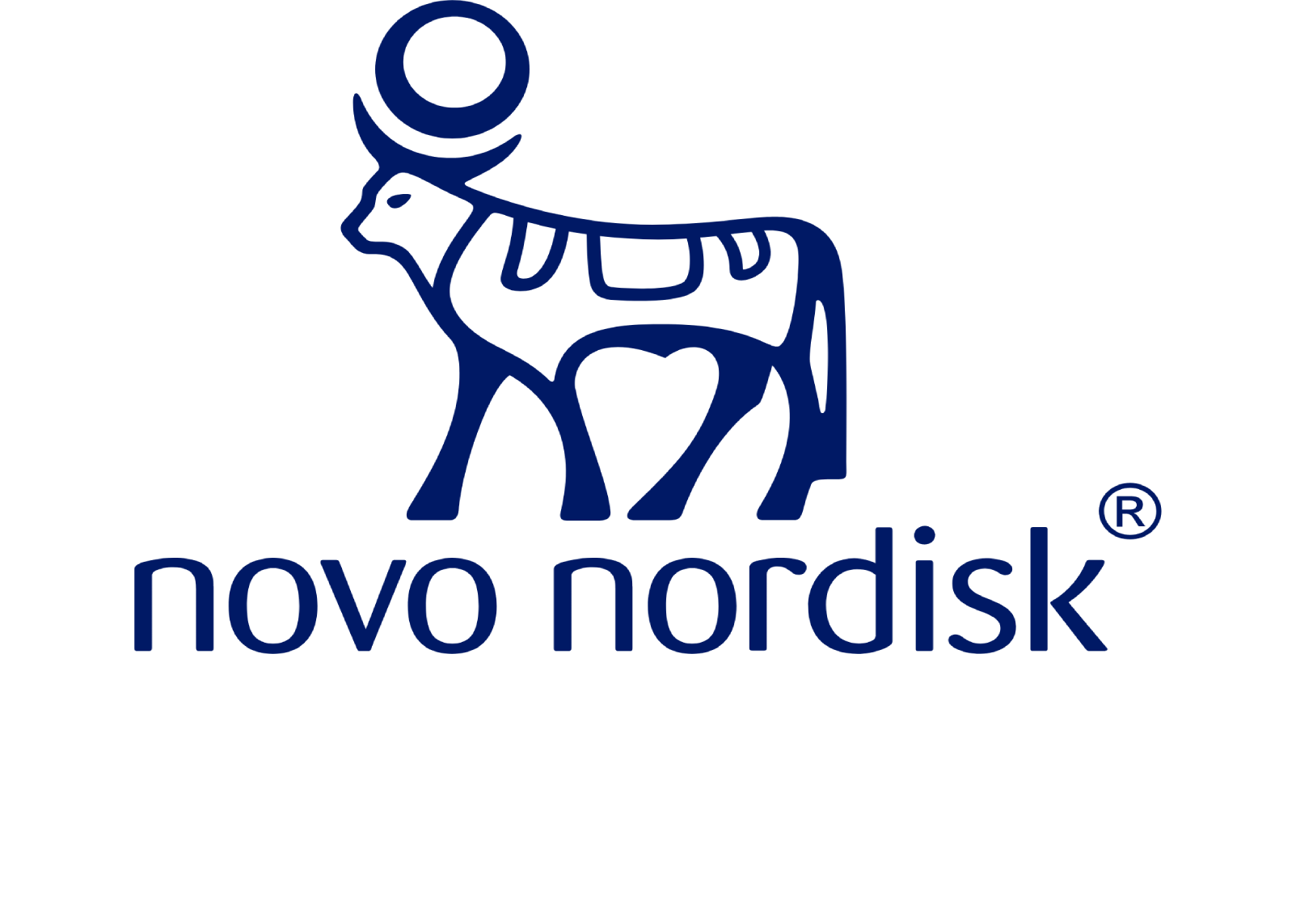Speedy SAR
Accelerating automated scientific workflows: When Agile meets drug development
Progressing research through robotics, automation, and internal software development capabilities.
A basic tenet in drug development is understanding the relationship between chemical structure and biological activity (termed SAR, short for Structure-Activity Relationship),
This places SAR at the heart of modern drug design, as scientists can use this understanding to better optimise the application of chemical compounds to, for instance, develop new medicine.
However, as science progresses and new molecular formats and targets are discovered, there is a need for generating faster SAR data to advance in the drug development space. In order to do that, automation, computing and robotics have become increasingly helpful to create more valuable data, and point researchers in the right direction towards new drug candidates.
For the past three years at Novo Nordisk,
A new software vision
To put it simply, the ambition of the LabDroid Enablement Team, and the supporting teams around them, was to focus on improving three things: facilitating an intuitive and efficient orchestration of workflows; ensuring better data capture and security of the scientific insights generated; and making this data more readily available to LabDroid's users – such as computational biologists, subject matter experts... and across Novo Nordisk in general.
In the initial years of using LabDroid, the platform was operated using several external software suppliers. Each software had specific tasks, and one supplier was particularly tasked with connecting operations and orchestration of workflows. One of the main challenges with this setup was that improvements and changes were reliant on external parties to resolve issues that might arise.
Looking to improve the efficiency of the LabDroid enablement process, there was a thorough review of what could be tweaked in the existing setup. By involving a group of systems architects, data and software engineers, molecular and computational scientists, chemo informatic specialists, and of course, product owners and scrum masters, the review made sure to cover every angle of what could enhance the process, and just as importantly, where to begin.
Let the work flow
At the core of the new solution was an in-house developed Workflow Manager, which would replace the previous external software in use. The new solution enhanced the orchestration of LabDroid workflows across different software to facilitate seamless use of the LabDroid hardware. This extended to the ordering of labware requests through an inventory management system, the transfer of data to the software controlling the hardware, to the capture of data produced in LabDroid in existing registration systems used by scientists in Novo Nordisk, so that it can be used to generate new SAR tables by researchers in their search for the next blockbuster drug candidate. Finally, the whole solution was created to better integrate additional components by using a Scientific Abstraction Layer that would facilitate new connections for future system improvements.
To create the new orchestration system, the team wrote the Workflow Manager in .NET using C# and PostgreSQL for persistence. For the front-end, JavaScript and React were used, and for authentication and authorisation, it runs on Azure integrations.
The first implementation of the new solution was successfully built at speed in just around six months, and the new software is already running in production, enabling the execution of workflows related to key projects in Novo Nordisk. And – of course – with a full Agile team assigned to ensure that everything is functioning smoothly and that new improvements are developed to accelerate the research pipeline and foster even more innovation. Because that’s the beauty of it all: It's designed to facilitate future improvements as more requests from scientists will inevitably arrive.
/f/239067/1920x1080/35e085cad4/hero_fallback.jpg)
/f/239067/1920x1080/f0326a9bec/aws_partnership_hero.gif)
/f/239067/1920x1080/a26513bd2e/digital-innovation-hub-hero2.jpg)

